The AI Art Ethics: Navigating the Intersection of Creativity
In our ever-evolving digital landscape, the boundaries of creativity are being redefined. At the heart of this transformation lies the intriguing realm of AI-generated art. This article delves into the fascinating world of AI art ethics, exploring the profound impact of artificial intelligence on the creative process. We'll navigate through the pros and cons of this burgeoning field, discover what computer-generated art entails, and even unveil a nifty tool to enhance AI-generated artworks.
Part 1. What is Computer Generated Art?
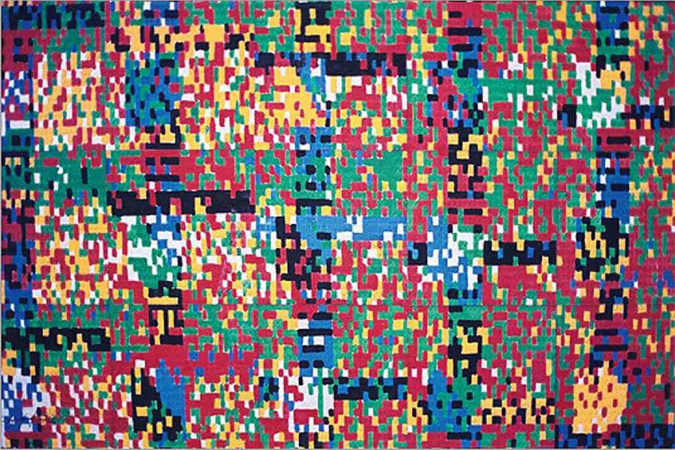
Art has always been a manifestation of human creativity and imagination. However, with the advent of technology, a new player has entered the scene – computer-generated art. This form of art leverages algorithms and digital processes to create stunning visuals and compositions. To grasp the essence of computer-generated art, it's essential to understand its origins and evolution.
Computer-generated art, also known as digital art, has gained momentum in recent years. It encompasses a wide range of creative works, from digital paintings and 3D sculptures to generative music and interactive installations.
Part 2. Learn About AI Art Ethics | Pros & Cons
As AI seeps into the realm of art, it brings with it a tapestry of ethical considerations. On one hand, AI opens up exciting possibilities for artists, enabling them to explore uncharted creative territories. On the other hand, it raises concerns about the authenticity of art, the role of the artist, and the implications for the art market.
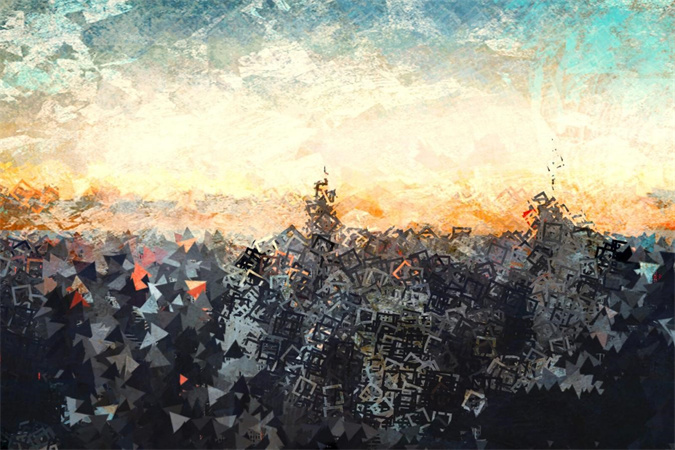
Pros
- Infinite Creativity: AI can generate an infinite number of unique artworks, pushing the boundaries of human imagination.
- Accessibility: It makes art creation accessible to those without traditional artistic skills, democratizing the creative process.
- Collaboration: Artists can collaborate with AI to create unique and groundbreaking pieces.
- Exploration: AI can help artists explore new styles, techniques, and concepts they might never have considered.
Cons
- Authenticity: Questions arise about the authenticity and originality of AI-generated art.
- Dehumanization: Some argue that AI art diminishes the role of the artist, eroding the human touch.
- Art Market: The art market grapples with valuation challenges, copyright issues, and concerns about the commercialization of AI art.
- Bias and Controversy: AI can perpetuate biases present in training data, leading to controversial artworks.
Part 3. How to Make Computer Generated Art?
Creating computer-generated art doesn't require specialized technical skills. In reality, it's a relatively straightforward process. Here, we'll provide a brief overview of the steps to kickstart your own creative journey:
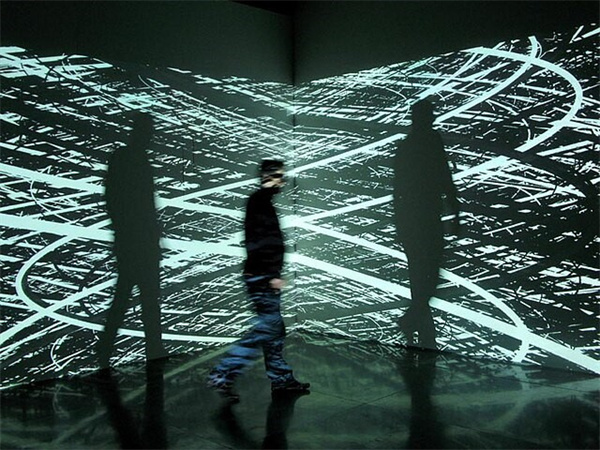
- Select Your Tools: Begin by choosing the software or platform that aligns with your creative vision. Numerous options are available, catering to various styles and preferences.
- Develop Your Concept: Commence with a concept or idea that you wish to bring to life through your artwork. This serves as the bedrock of your creative journey.
- Configure Input Parameters: Depending on the software, you may need to define specific parameters like colors, shapes, or patterns. These instructions guide the AI in crafting your art.
- Refine and Experiment: Don't shy away from experimentation and adjustments. Many AI art tools empower you to fine-tune your creations until they meet your satisfaction.
- Export and Share: Once your masterpiece takes shape, export it in your preferred format and share it with a global audience, embracing the limitless possibilities of the digital world.
Part 4. Ultra-tips: AI Enhancer to Fix Blurry AI Arts
While AI-generated art can be awe-inspiring, sometimes the output may not be as crisp as desired. This is where the HitPaw Photo Enhancer comes to the rescue. With its advanced AI algorithms, this tool can enhance the quality of your AI-generated images and pictures effortlessly.
Why Choose HitPaw Photo Enhancer?- Multiple AI Models: HitPaw Photo Enhancer employs a range of AI models to ensure optimal enhancement for your artwork.
- Upscale to 4K Resolution: Experience a significant boost in image quality with the ability to upscale your creations to stunning 4K resolution.
- Mature AI Technology: Benefit from the latest advancements in AI technology for unmatched enhancement results.
- Simple and Clean Interface: HitPaw Photo Enhancer offers an intuitive interface, making it easy for both beginners and professionals to enhance their art.
Let's take a look at the steps involved in using HitPaw Photo Enhancer:
Step 1:Begin by downloading and installing HitPaw Video Enhancer on your computer.

Step 2:Once the image is uploaded, HitPaw Photo Enhancer will automatically start the deblurring process.

Step 3:After a few moments, you will be presented with the deblurred version of your image. Download the enhanced image and revel in its newfound clarity. By utilizing HitPaw Photo Enhancer's features, you can effectively deblur your images and make them visually stunning once again.

Part 5. FAQs of AI Art Ethics
As we delve deeper into the intriguing world of AI art ethics, it's only natural that questions and concerns arise. Here are some frequently asked questions (FAQs) to shed light on this complex and evolving topic:
Q1. Is AI Art Ethical?
A1. The ethical implications of AI art are a subject of ongoing debate. While AI-generated art offers exciting creative possibilities, ethical concerns revolve around issues of authorship, originality, and human involvement. Some argue that AI art challenges traditional notions of artistry, while others see it as a tool for artistic expression. Ultimately, the ethics of AI art depend on how it's created, used, and valued.
Q2. What are the 4 Ethics of AI?
A2.
The ethics of AI extend beyond the realm of art and encompass broader principles:
1.Transparency: AI systems should be transparent, and their decision-making processes should be understandable to humans.
2.Fairness: AI should avoid bias and discrimination, treating all individuals equitably.
3.Accountability: There should be mechanisms in place to attribute responsibility for AI's actions and decisions.
4.Privacy: AI systems must respect and protect individuals' privacy and data.
These ethical pillars guide the development and deployment of AI technology in various domains, including art.
Q3. Is AI Art Considered Real Art?
A3. The question of whether AI-generated art can be considered real art is subjective and contentious. While AI can produce visually striking and conceptually intriguing pieces, the definition of "real art" often hinges on the artist's intent, creativity, and emotional expression. Some argue that AI lacks the human experience and consciousness necessary for genuine artistic expression. Others, however, embrace AI art as a legitimate form of creative output. Ultimately, the classification of AI art as "real art" varies depending on individual perspectives within the art community.
Bottom Line
In the ever-evolving landscape of AI art ethics, one thing is clear: the intersection of artificial intelligence and creativity sparks thought-provoking discussions and challenges conventional norms. Whether you view AI-generated art as a groundbreaking innovation or a deviation from traditional artistic practices, it undeniably contributes to the vibrant tapestry of human expression.
As you explore this fascinating realm, remember that tools like HitPaw Photo Enhancer stand ready to enhance your AI-generated artworks. Whether you seek to refine your creations, elevate their quality, or simply experiment with AI-enhanced art, HitPaw Photo Enhancer offers a user-friendly solution.






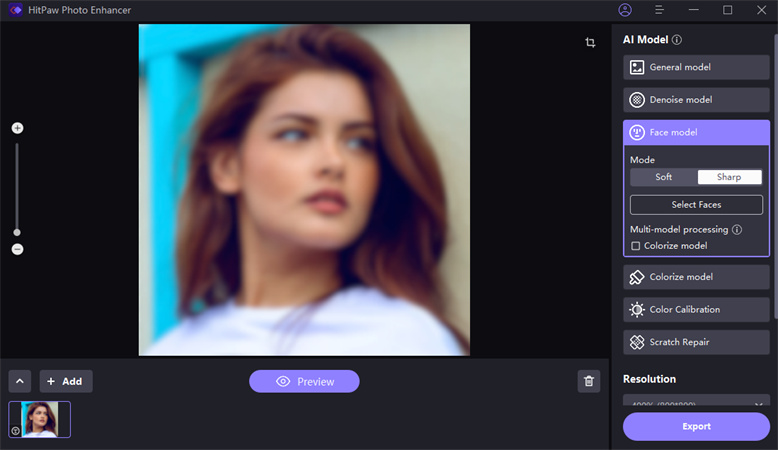
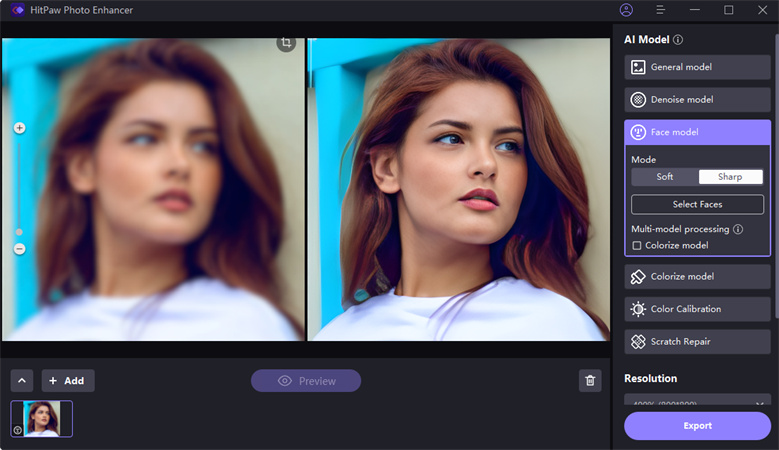

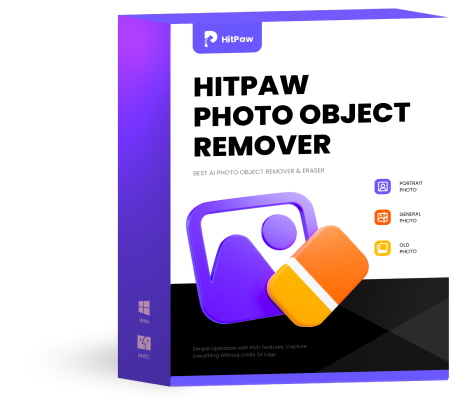



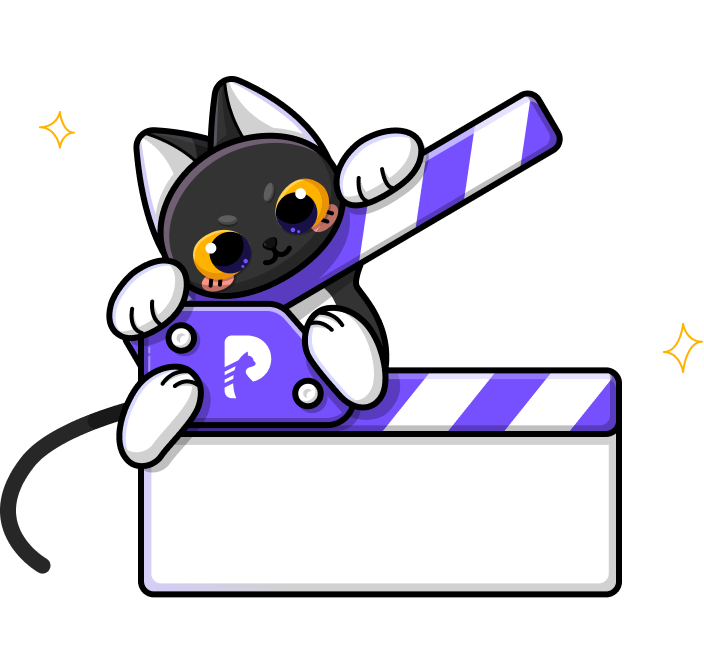
Home > Photo Tips > The AI Art Ethics: Navigating the Intersection of Creativity
Select the product rating:
Joshua Hill
Editor-in-Chief
I have been working as a freelancer for more than five years. It always impresses me when I find new things and the latest knowledge. I think life is boundless but I know no bounds.
View all ArticlesLeave a Comment
Create your review for HitPaw articles